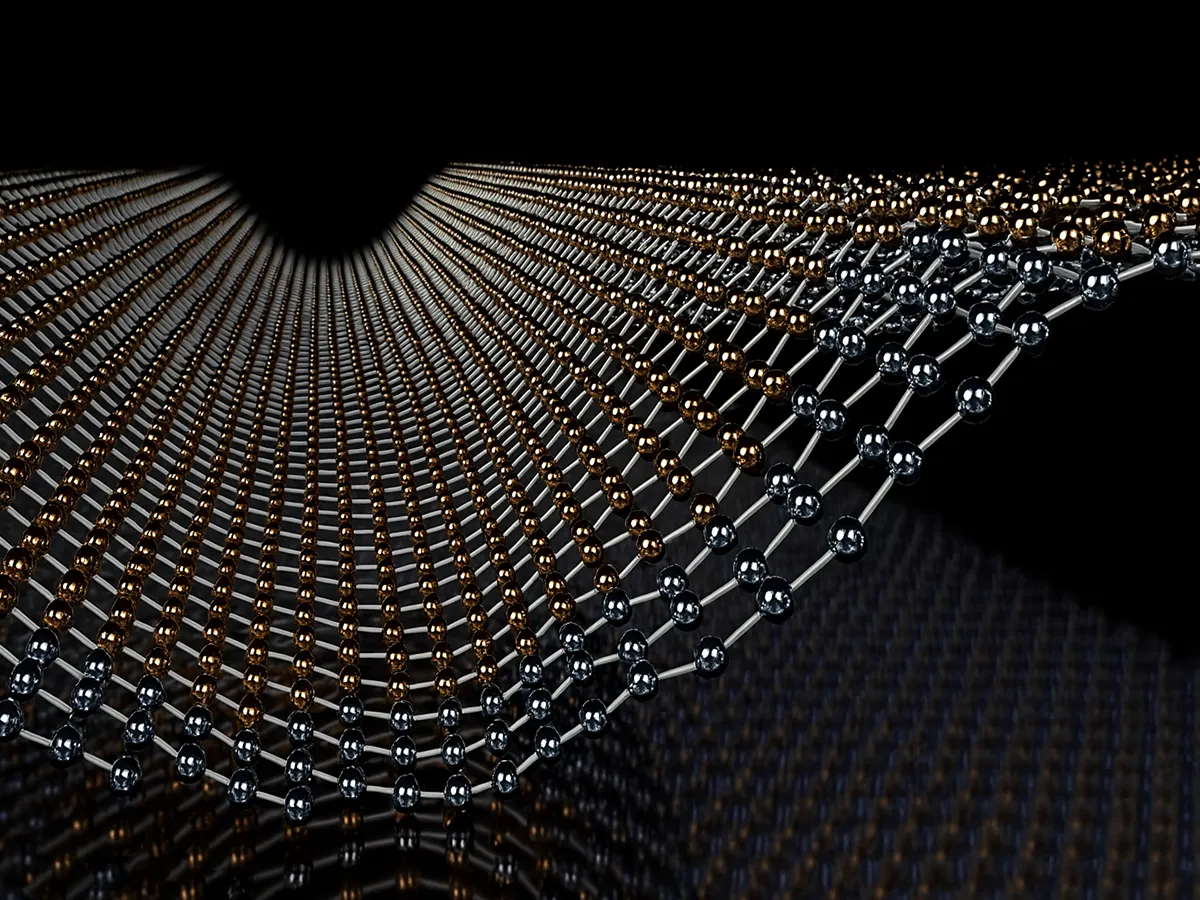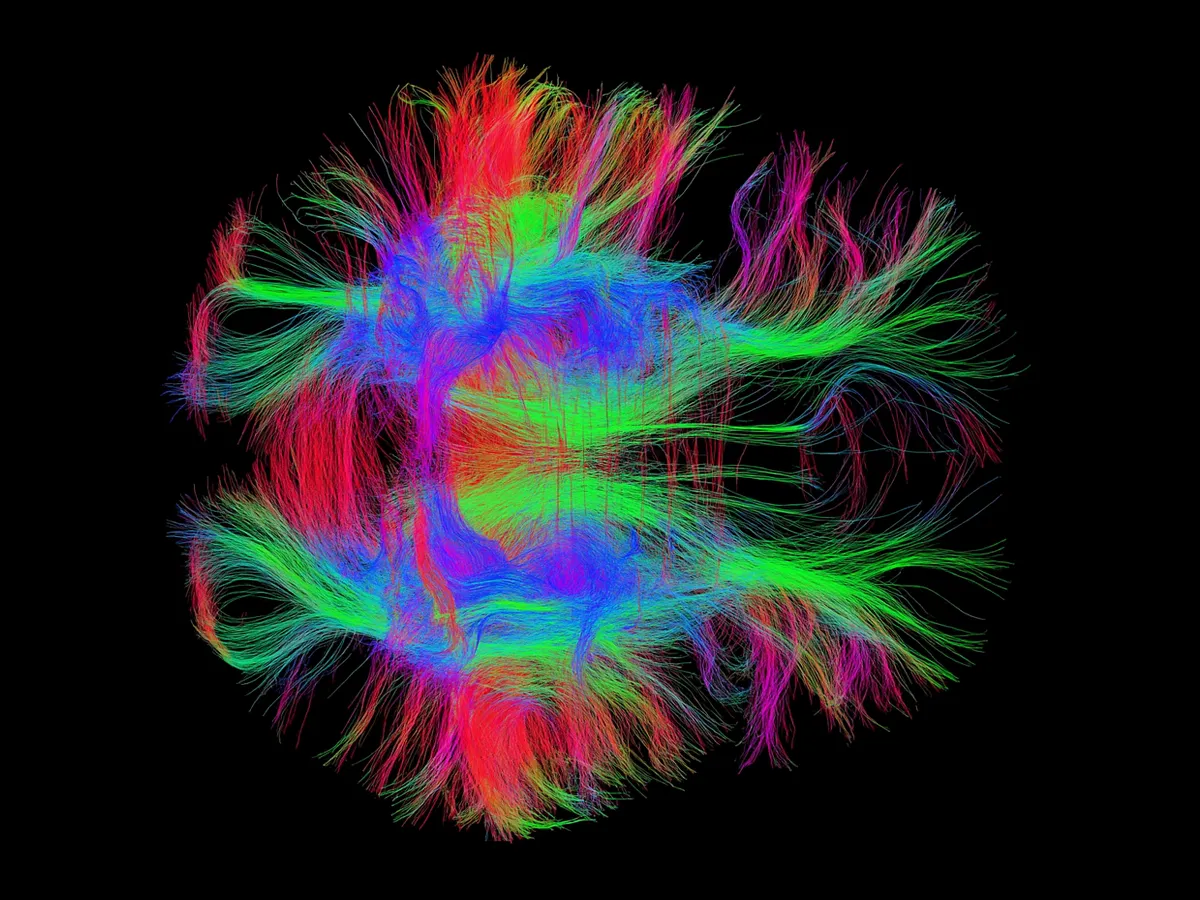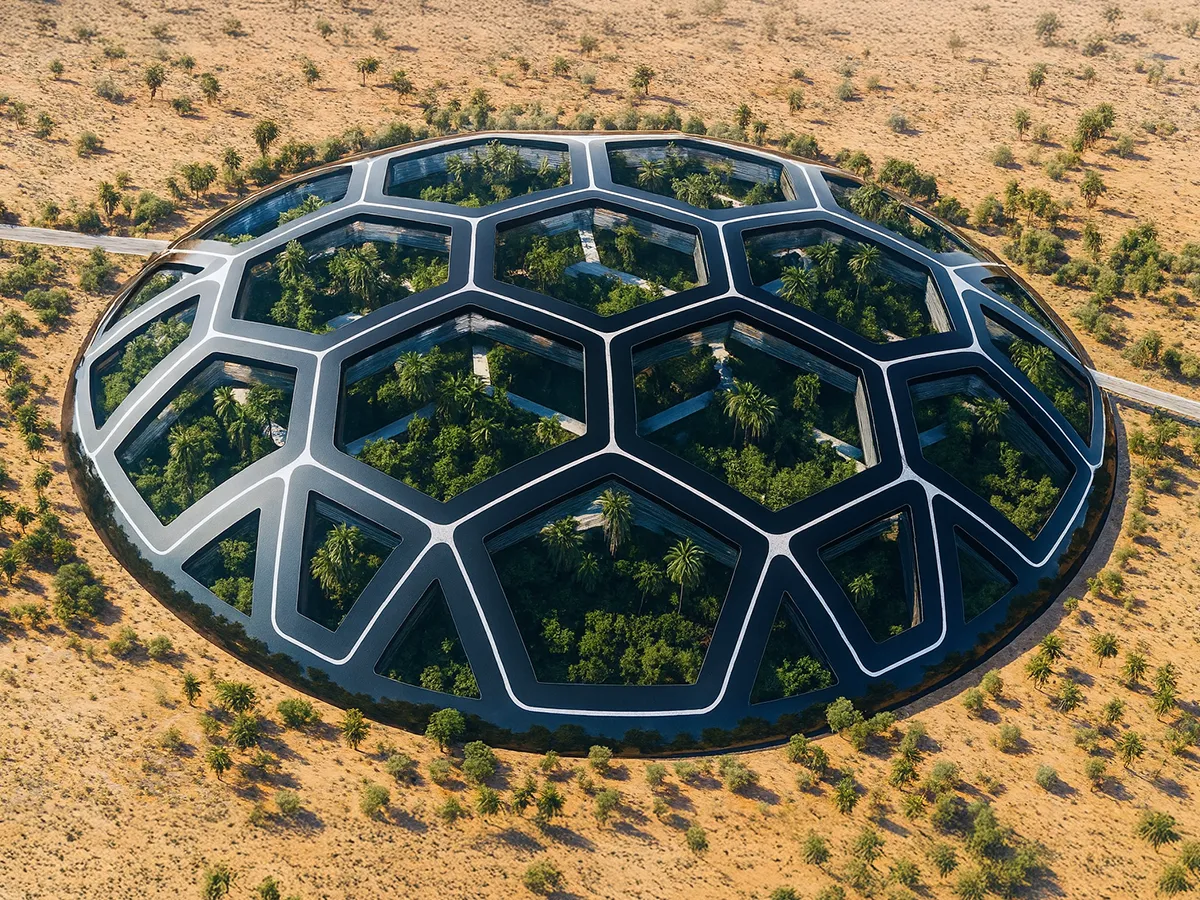Exploration is the essence of the human spirit
What the world needs right now are bold ideas and breakthrough products—solutions born from real demand that push society forward and expand our sense of what’s possible. Climate change is already reshaping our world, but that’s no reason to give in to pessimism. All of the nearly 10 billion people deserve the chance at a prosperous future. Now is the moment to build, to create, to explore. Progress happens when we roll up our sleeves and collaborate, not when we sit on the sidelines. These are the futures to build together, let's move them forward.

CLIMATE TECH
Material discovery with ML for carbon capture
Removing carbon at scale, producing clean hydrogen, and storing energy efficiently are limited by the materials used. Climate technologies, such as carbon capture, hydrogen electrolyzers, and batteries, won’t reach a gigaton impact without breakthroughs in materials science. They require a new generation of high-performance, low-cost materials to make the next leap in performance and scale.
By applying deep learning to the search and synthesis of atomic structures, metallic layers, and biological proteins, we can accelerate the discovery and design of new materials in days, rather than the millions of years it takes through natural evolution. The new era of intelligent discovery enables the creation of custom-designed, flexible, and high-performing materials tailored for climate solutions.
Computational platforms that function like a “Google search for materials” can simulate, test, and produce novel materials 10 times faster — unlocking the potential for scalable carbon capture, efficient hydrogen production, and next-generation battery systems with purpose-built performance. Semiconductor manufacturing methods turn materials designs into full-stack products to make systems that improve with each generation.
Biology extends this promise even further. Proteins and enzymes, as natural processes, have already evolved the most efficient ways to produce chemicals and essential materials without relying on fossil fuels. If we deploy these biological engines in bioreactors, we can create sustainable feedstocks and chemical factories that use a fraction of the energy and resources. This convergence of ML, material science, and process biology offers a pathway to essential goods for 10 billion people, while removing carbon in the process.

ENERGY
Nuclear energy to power heavy industry
Access to abundant, affordable energy underpins every aspect of modern society. At costs as low as $0.01/kWh, secure energy supplies can ensure clean water, power everyday life, and enable material production at scale. From electricity to air purification, desalination to industrial heat, energy access is the foundation for solving climate challenges while meeting the basic needs of the next billion people.
The future of energy lies in rethinking the infrastructure that powers our lives. Outdated grids can no longer keep up with demand, especially as the rising billion people in emerging markets seek access to the same quality of life enjoyed elsewhere. Decentralized nuclear energy — through the next generation of fission and fusion reactors — offers a path forward, with mass-producible plants that can deliver clean, reliable power where it’s needed most. The challenge lies in making a reactor that can be mass-manufactured at a competitive economics, obtain licensing that aligns with government regulations, and secure site permitting to deliver affordable energy for net-zero plans on time.
A new nuclear renaissance is already underway. The revival of Generation 3 and the advent of Generation 4 fission designs bring inherently safe, highly efficient, and fast-to-deploy small reactors. It is possible because they have thorium-fuel cores for enhanced thermal efficiency, molten salt for intense cooling, and autonomous safety systems with integrated recycling capabilities. Modular reactors are designed for mass manufacturing, allowing them to power grids, support heavy industry, and even capture and clean water.
On the horizon, breakthroughs in nuclear fusion - driven by stellarator designs, superconducting magnets, AI-controlled plasma stability, and digital manufacturing—are making limitless clean energy like the sun a near-term reality.

NEUROSCIENCE
Uncover the human brain with MRI for a long & happy life
As we progress technologically, we are increasingly disconnected, with rates of burnout at all-time highs. Brains don't develop well or stay healthy with constant connectivity, lengthy screen times, and the need to adapt intelligence. Society represses emotions from an individualistic culture that can manifest in physical illness and a disconnect from authenticity.
Human consciousness and neuroplasticity can overcome deep barriers, reach their authentic lives, and expand potential with a focus on longevity. It's about preserving human experience through connection, imagination, and intuition, even more so as intelligence becomes increasingly pervasive in life. We expand human potential to uncover brain health through small MRI machines.
The life design program visualizes brain state and its health based on frequencies, visualizes the mental health journey, and predicts the impact on life quality. What Whoop does for the body, we will do for the mind. It’s therapy, neuroscience, and immersive experience combined—transformative healing and peak performance powered by real brain data.
We aim to map the brain in an open-source 3D map to uncover neural pathways that resolve deep barriers, expand brain performance, and prevent cancer, thereby improving quality of life. We uncover the consciousness of humanity by mapping neural pathways with small MRI machines equipped with novel sensing, magnets, and cooling systems. We help reroute new behaviours, visualize performance, and live in an authentic emotional life to prevent cancer.
It grows into a foundational platform for brain health—preventing burnout in the workforce, enhancing resilience in youth, and reducing age-related diseases. The result is up to $200,000 in lifetime economic value per person, creating a $6 trillion opportunity by 2030. It is the gateway to a new era of human intelligence, longevity, and consciousness.

HOUSING
Autonomous life cells in natural environments for climate adaptation
As climate change accelerates and inequality is at it's peak in decades, mass migrations will reshape where and how people live. Cities are already too expensive, while 100 million more will need housing in the coming decade — particularly in regions of the Global South that will be affected hardest by climate migration.
The human experience can be preserved while adapting to climate change by cultivating living cells in self-sustaining communities that mimic natural environments. It's a way of living that adapts to the climate by floating on ocean water, regenerating deserts, and merging into forests to access previously unexplored spaces.
Modular living cells are breathing, adaptive organisms that form self-sufficient, autonomous & resilient communities. They shelter from water, integrate renewable energy with smart controls, and offer clean air through filters and generate water from it. They are built using free-form shapes in design, made like biological structures, and blending natural materials.
The vision is to deliver a full-stack, immersive living experience. It provides affordable, self-sufficient living for emerging communities while reducing human consumption. We believe natural regrowth in deserts, rainforests, and oceans can be scaled when people choose to live and thrive there as well.
CONNECT
Want to learn more? Get in touch.
I'm passionate about making a bold future real, shaping breakthrough products, and scaling ventures for impact with startups, companies, and funds. I’m open to co-founding a frontier startup, joining a great team on a mission, or supporting critical projects to achieve success together.